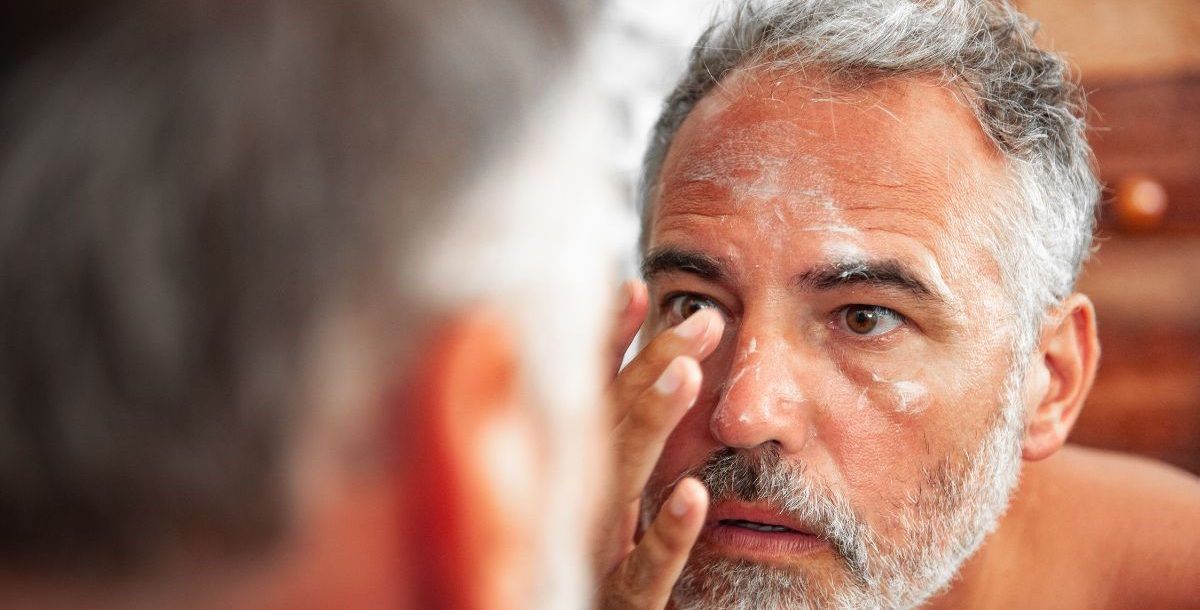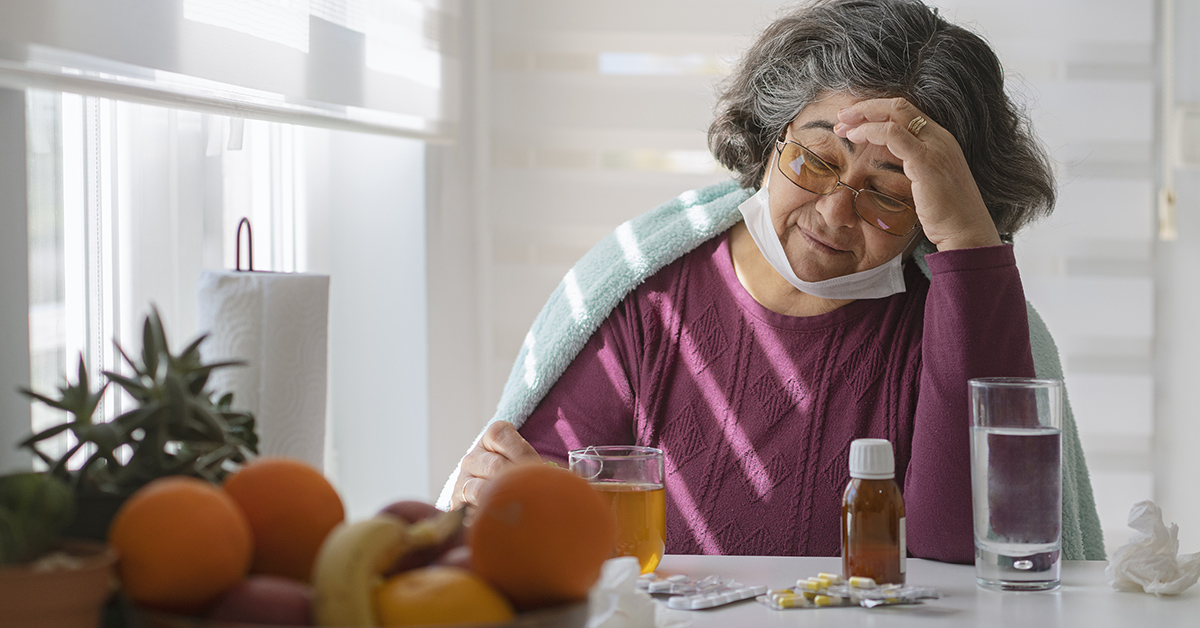The sun’s rays may feel good on your skin, but those rays come with ultraviolet “UV” radiation that can cause damage. That damage, called a sunburn, can range from mild to severe, which means it’s important to know how to take care of a sunburn.
Anyone who has ever experienced sunburn is aware of the symptoms. The swelling, redness, pain and peeling skin can make you regret spending so much time outside. The consequences can be long-term, too. Whether or not you burn in the sun, UV exposure increases your risk of developing different types of skin cancers.
How long do sunburns last?
Although there are ways to achieve instant sunburn relief from symptoms, your skin will need several days of recovery until it is fully healed. However, depending on the severity of your sunburn, it might take a bit longer to heal – it could take up to two weeks to heal completely.
In the meantime, don’t allow the burn to suffer from any additional sun exposure. If possible, simply stay out of the sun. Or, if you have to be outside, be sure to cover the affected area when you leave the house in order to minimize any additional sun damage.
How to take care of a sunburn at home
The first step to caring for a sunburn is to get out of the sun. Once you’ve moved inside or under some shade, you follow these steps.
Apply a cool towel on the burn
This is an instant sunburn relief home remedy. Cooling the skin can help reduce inflammation and pain. Take a cool bath or shower, or apply a cold compress. Avoid using ice directly on the skin, as it can cause further damage. Add a couple of ounces of baking soda to the tub if you want to ease redness and pain. Steer clear of soap that may further dry out your skin.
Ease the discomfort
Products that come in the form of a gel that goes on your skin offer the best sunburn relief. You can also use a nonprescription topical 1 percent hydrocortisone cream to reduce swelling and pain on mild to moderate sunburns.
Nonsteroidal anti-inflammatory drugs (NSAIDs) such as ibuprofen or aspirin can help reduce pain and inflammation. Follow the dosage instructions on the packaging.
Use a moisturizer
After cooling the skin, use a gentle, fragrance-free moisturizer to keep the skin hydrated. Products containing soy or calamine can be beneficial. Avoid petroleum-based products, as they can trap heat in the skin.
Aloe vera is well-known for its soothing properties. Apply a pure aloe vera gel to the affected area to help cool and moisturize the skin. Aloe vera can also reduce inflammation and promote healing.
Use an anti-itch product
An oral antihistamine can help ease discomfort as your skin begins to peel. The peeling is simply a sign that the damaged skin is shedding its layers to make room for a new layer.
Resist the urge to pop blisters
Blisters form as a protective layer. If a blister does break, thoroughly clean the area with water and non-irritating soap. Add antibiotic gel and use a bandage to keep the area from further harm.
Drink plenty of water
Sunburn tends to go hand-in-hand with dehydration. This is because the body directs additional fluid to the burn. Water helps replenish lost fluids and aids in the healing process.
Avoid further irritation
Wear loose, breathable clothing to prevent further irritation to the sunburned skin. Also, use mild, fragrance-free soap and lukewarm water when bathing to avoid further drying out your skin.
How to avoid a sunburn in the future
While it’s important to know how to take care of a sunburn, what’s more important is preventing one in the first place. Any skin damage you experience can have lasting consequences. In fact, five or more cases of sunburn doubles your risk of developing skin cancer.
With that in mind, here are some steps to avoid burning in the future.
- Wear protective clothing, like long-sleeved shirts: If the summer heat makes such clothing uncomfortable, look for loose-fitting options that still provide coverage. A hat and sunglasses can protect your scalp, neck and face from sunburns.
- Stick to the shade whenever possible: If you have to be in direct sunlight, try to do so in the early morning or in the evening. This is when UV rays are weakest.
- Always apply sunscreen: Yes, even on cloudy days. Look for a broad-spectrum product that has an SPF of 30 or higher to protect your skin. Remember to reapply sunscreen every two hours as well as after swimming or sweating, and replace sunscreen that’s more than three years old.
- Be aware of your location: Water, sand and snow can reflect UV rays and increase the risk of sunburn. If you’re going to be out in the sun at high altitudes, your risk of sunburn increases, so plan to combine multiple sun protection methods to protect your skin.
When to see your primary care provider
Knowing how to take care of a sunburn at home is useful, as most cases of moderate and mild sunburns will heal naturally. However, more severe cases require medical treatment. Call your primary care provider if the burn covers a large area of your body or makes you feel weak. You should seek medical attention if your symptoms aren’t improving within two or three days.
Learn about the dermatology and primary care services we provide at Bon Secours.





